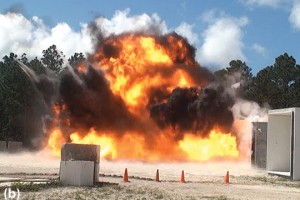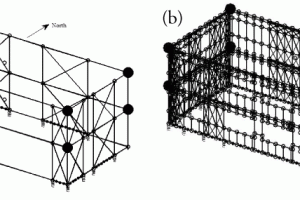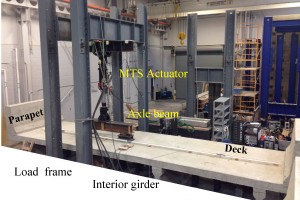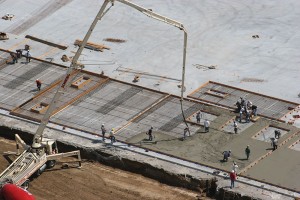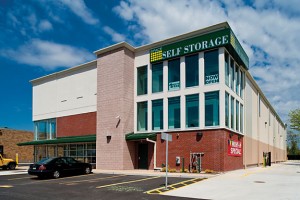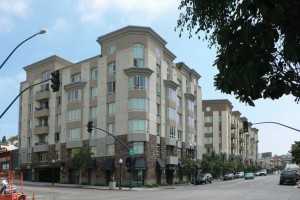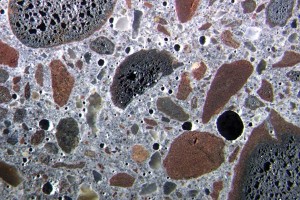From Conceptual Design to Implementation
Over the past 15 years, and particularly following the events of September 11th 2001, there has been increasing demand to incorporate blast resistance in important government and commercial facilities. Exterior walls of such buildings are designed to withstand blast impulse loading without a failure that would endanger building occupants, either through penetration of harmful debris or pressure waves. Operators of petrochemical facilities are also concerned about similar explosive threats due to large accidental explosions. …

